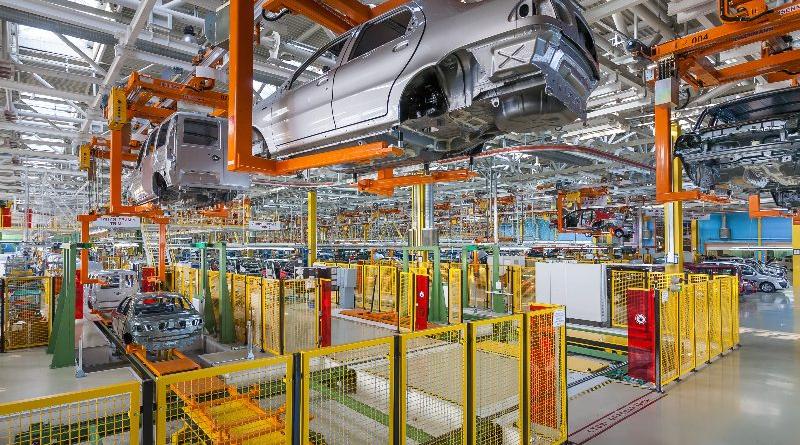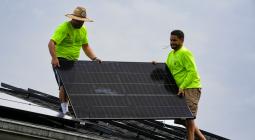EV Battery Prices to Fall 40% by 2025, Goldman Sachs Predicts

Falling prices of critical minerals will lead to a 40% drop in the cost of batteries for electric vehicles by 2025, with big implications for the pace of global EV adoption, says Goldman Sachs Research.
“The reduction in battery costs could lead to more competitive EV pricing, more extensive consumer adoption, and further growth in the total addressable markets for EVs and batteries,” Nikhil Bhandari, co-head of Goldman Sachs Research’s Asia-Pacific natural resources and clean energy research team, said in the report.
Battery pack prices are expected to drop an average of 11% each year from 2023 to 2030. By 2025, the EV market could achieve cost parity with internal combustion engine (ICE) vehicles, the team found—without subsidies.
Analysts estimate that nearly half the decline will come from falling prices of EV raw materials such as lithium, nickel, and cobalt. Earlier this year, the firm had predicted the battery metal price drop as more mines come online and EV sales decline in China. Other contributing factors include new battery technologies that could be commercialized this decade to fortify value chains and simplify manufacturing processes.
Goldman Sachs Research says battery prices are expected to fall to $99 per kilowatt hour of storage capacity by 2025, a 40% decrease from 2022. It’s a faster pace than they expected, with an earlier forecast showing the decline to be nearer 33%.
Global EV penetration has been starting to retreat from recent highs, as governments in Europe and China cut back on subsidies, the researchers note. But reaching price parity with internal combustion vehicles will open the next chapter in the EV transition. “Our analysts see the EV market transitioning to a new phase that is more heavily influenced by consumer adoption than government largesse.”
In Goldman’s base estimate, global EV penetration jumps from 2% in 2020 to 17% in 2025, 35% in 2030, and 63% in 2040. In another “hyper-adoption” scenario, EVs account for 21% of total global vehicle sales by 2025, 47% by 2030, and 86% by 2040.
“We believe the EV market in China could be the closest to a consumer-led EV adoption phase,” Bhandari said. China’s EVs are more competitively priced than their counterparts Europe and the U.S. “While EV sales there have been subsidized by Chinese EV producers, which are selling EVs at a loss, Goldman Sachs Research expects this to eventually change in around the middle of the decade, when battery price declines and a scale-up in EV sales volumes lead to a significant reduction in EV costs,” the report declares.
Achieving competitive prices for EVs is critical to amping up the EV transition, said speakers at a recent panel on regulating zero-emission vehicles, hosted by the Canadian Climate Institute. But contrasting perspectives arose on whether that shift in Canada would be better facilitated by more regulation or less of it.
Transport Canada’s mandate—that all new light-duty cars and passenger trucks sales be zero-emission by 2035—has a negative effect on industrial competitiveness and would keep prices high, said Brian Kingston, president and CEO of the Canadian Vehicle Manufacturers Association. A better policy would be to encourage greater consumer demand by expanding charging infrastructure and offering incentives.
But Joanna Kyriazis, director of public affairs at Clean Energy Canada, suggested the mandate will help make Canada’s auto market more competitive for global investments, which will be key to expanding the country’s battery supply chains.





